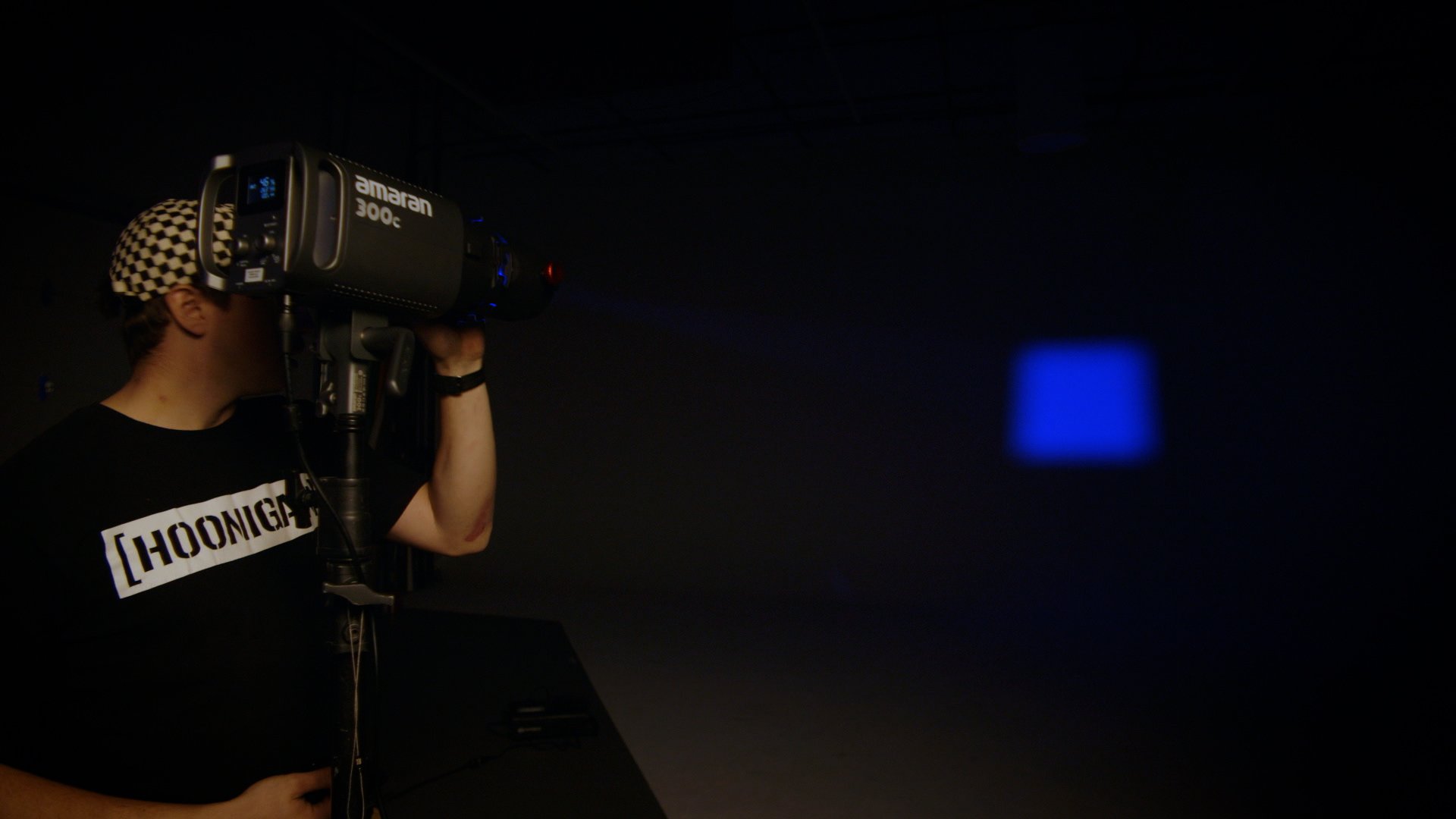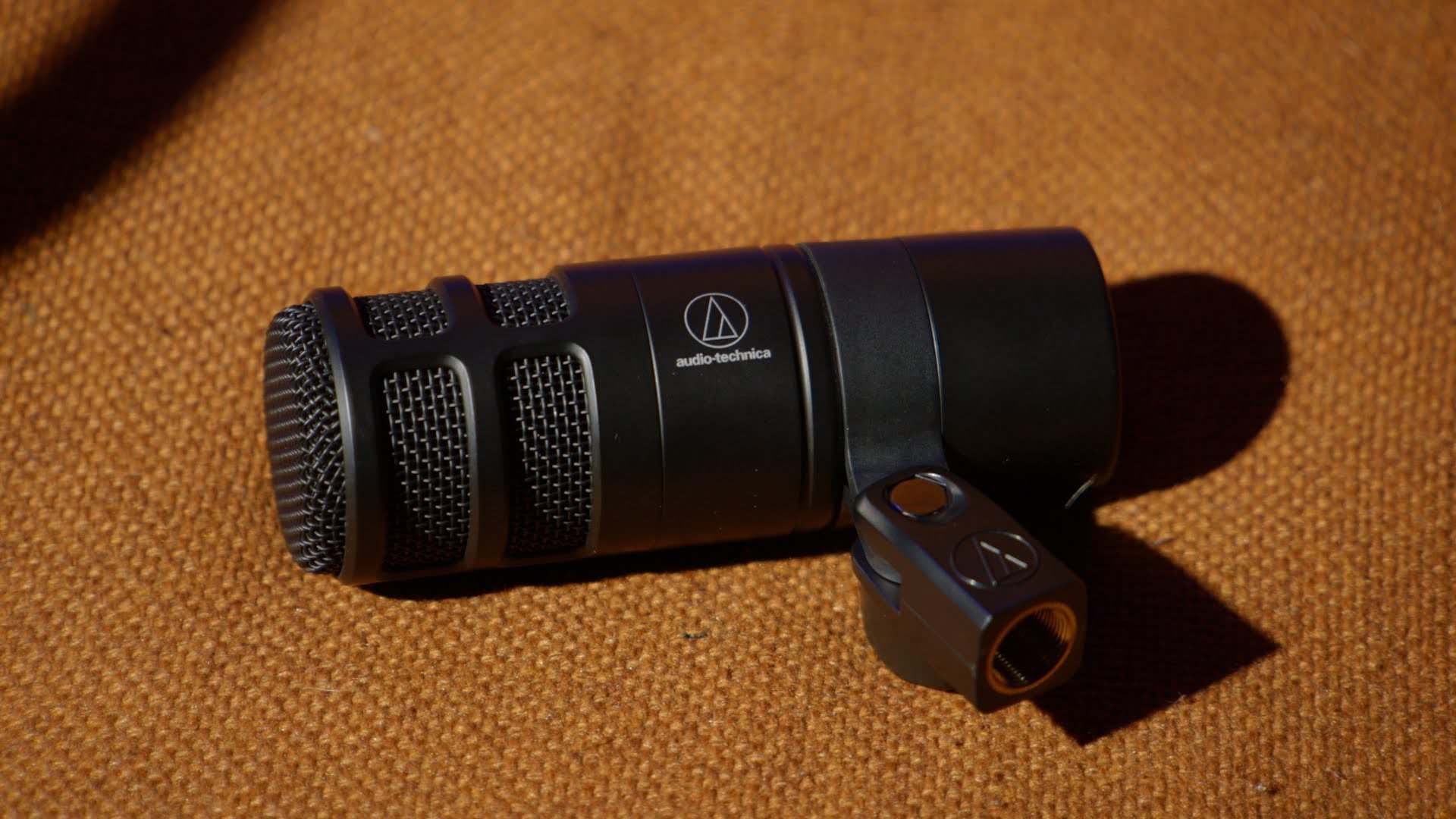Step into the world of creative illumination with our latest video featuring the Amaran Spotlight SE. In this unboxing and review, we take a closer look at this budget-friendly lighting tool that promises to add a sharp and distinctive edge to your photography or videography. Let's delve into the key highlights and applications showcased in the video.
The video opens by introducing the Amaran Spotlight SE, emphasizing its affordability at around $335 (with potential discounts). Despite its budget-friendly price tag, this lighting tool boasts powerful features that make it stand out in the market. Highlighted in the unboxing is the variety of GOGOs or cookies that come with the Amaran Spotlight SE.
One of the standout features of the Amaran Spotlight SE is its focus control. Users have the ability to adjust the sharpness or softness of the light, allowing for precise control over the visual impact of their shots.
The video demonstrates how the four cutters can be used to direct light in specific ways. Whether it's top, bottom, left, or right, these cutters provide a level of precision that is essential for creative lighting setups.
The Amaran Spotlight SE proves to be a practical tool for bouncing light in tight spaces. The video showcases scenarios where this feature can be utilized effectively, offering a creative solution for photographers or videographers working in smaller environments.
A highlight of the Amaran Spotlight SE is its ability to create unique shapes and looks. The included tray for changing looks, along with the option to customize lenses, opens up a world of creative possibilities for users looking to add a distinctive touch to their visuals.
As we continue exploring innovative tools for photographers and videographers, stay tuned for more exciting content. Don't forget to like, subscribe, and share your thoughts in the comments section – your journey into creative lighting starts here!











